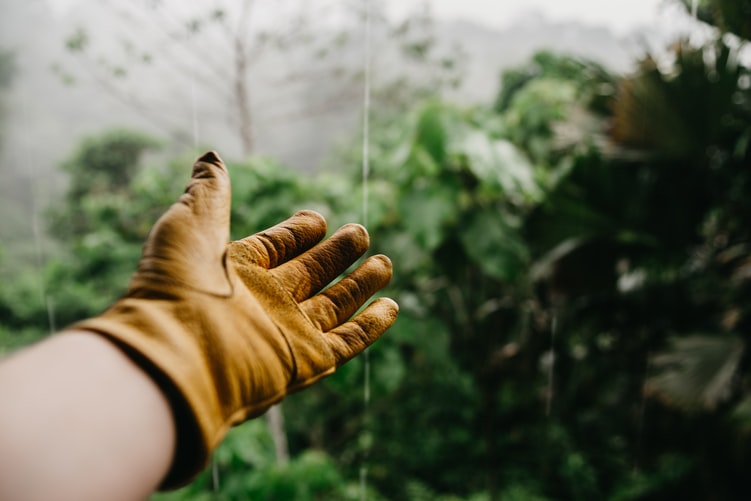How to Create a Rain Garden
How to create a rain garden isn’t as difficult as you might think. Because if you follow this simple 4-step plan, you’ll have a rain garden to be proud of.
How to Create a Rain Garden
1. Why a Rain Garden?
Do you have an area in your yard that collects water after heavy rain? If you do, a rain garden is not only an excellent way to control the water, but it’s beautiful, good for the environment, and with the right plants, it supports native fauna. For example, Swamp Milkweed is an excellent choice for an Indiana rain garden, and Monarch butterflies thrive on Milkweed.
Environmentalists estimate that as much as 70% of pollution in rivers and streams is from runoff. When heavy rain fills your yard and flows into the sewers, it carries chemicals, and even trash lying in the sewer drains into our waterways.
2. Where to Put a Rain Garden
If you have a low spot that collects water in your yard or your workplace property, it could be the ideal spot for a rain garden. The garden should be at least 10 feet from a building. A site with full sun is best, but one-half day of direct sunlight is enough.
It should be and most likely is an area with a slight slope coming from the water source, such as a gutter, roof, driveway, or sump pump drain. A relatively flat place is best because it’s easier to create if the spot is reasonably flat.
Typically, a rain garden is 100 to 300 square feet, but the size of your rain garden depends more on the wet area you have.
3. How to Prepare a Rain Garden
Began by removing all the sod from the area and then dig it out to a depth of around 6 inches. Be sure to slope the sides. Depending on your soil, you might want to line the bottom with sand, gravel, or plastic to help contain the water.
To divert the water to your rain garden, make a rock path by removing the sod, digging out a couple of inches of soil, and then lining it with an attractive rock such as a 1.5-inch river rock. You can also run a PVC pipe from the source, such as from a downspout, by burying it 4 inches under the soil and running it to the garden.
Many people like to add decorative rocks to the rain garden border, and many add personal touches like a garden gnome, decorative ornaments, or a bird feeder.
4. What Plants Do Best in a Rain Garden?
We recommend native plants planted together in clumps of six plants. A mixture of grasses, flowering plants, and even shrubs and trees (depending on the size of the garden) makes a beautiful presentation. Take time to consider the height of each plant, how they spread, and the color.
Here’s a list of a few of the best grasses, flowers, shrubs, and trees for an Indiana rain garden from Purdue University, Rain Gardens Go with the Flow
A Rain Garden Is a Win-win
Rain gardens are beautiful, environmentally friendly, and support local wildlife. And on top of that, a rain garden replaces that wet, mosquito breeding, soggy area of your yard with beautiful plants and flowers.
For additional valuable information, try this site. RainGardens.org
How Can We Help You?
Berger Hargis has a company philosophy of providing personal excellence for all our services. Our growth and success has been due entirely to our commitment to honest, excellent service to our customers. The company has been built on the referral business we have received due to this philosophy.
If we can answer any questions, please don’t hesitate to Contact Us
Photo by Vince Fleming on Unsplash
Go Back







